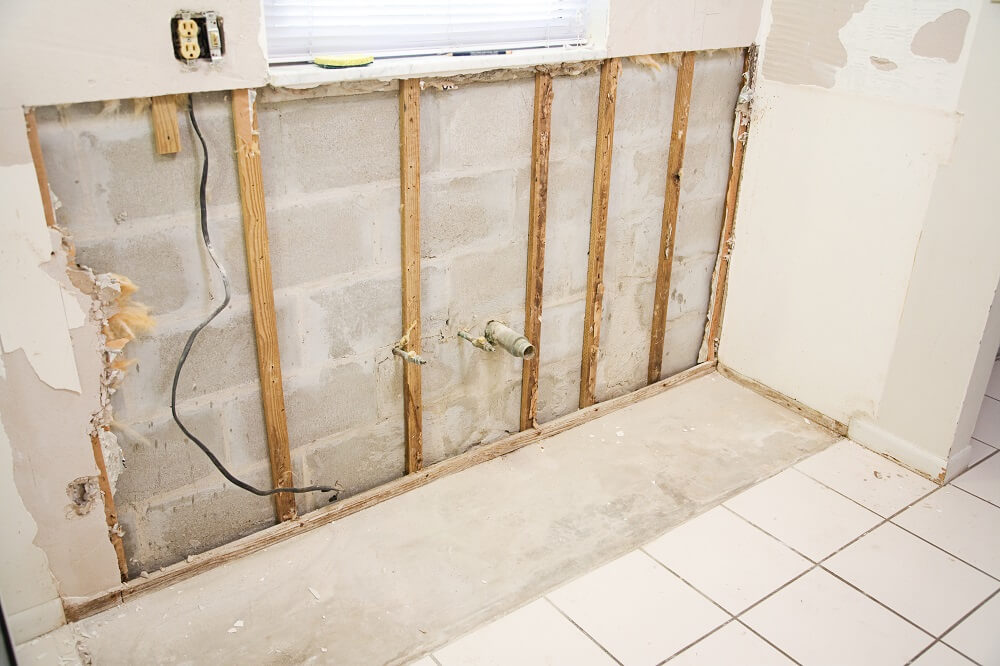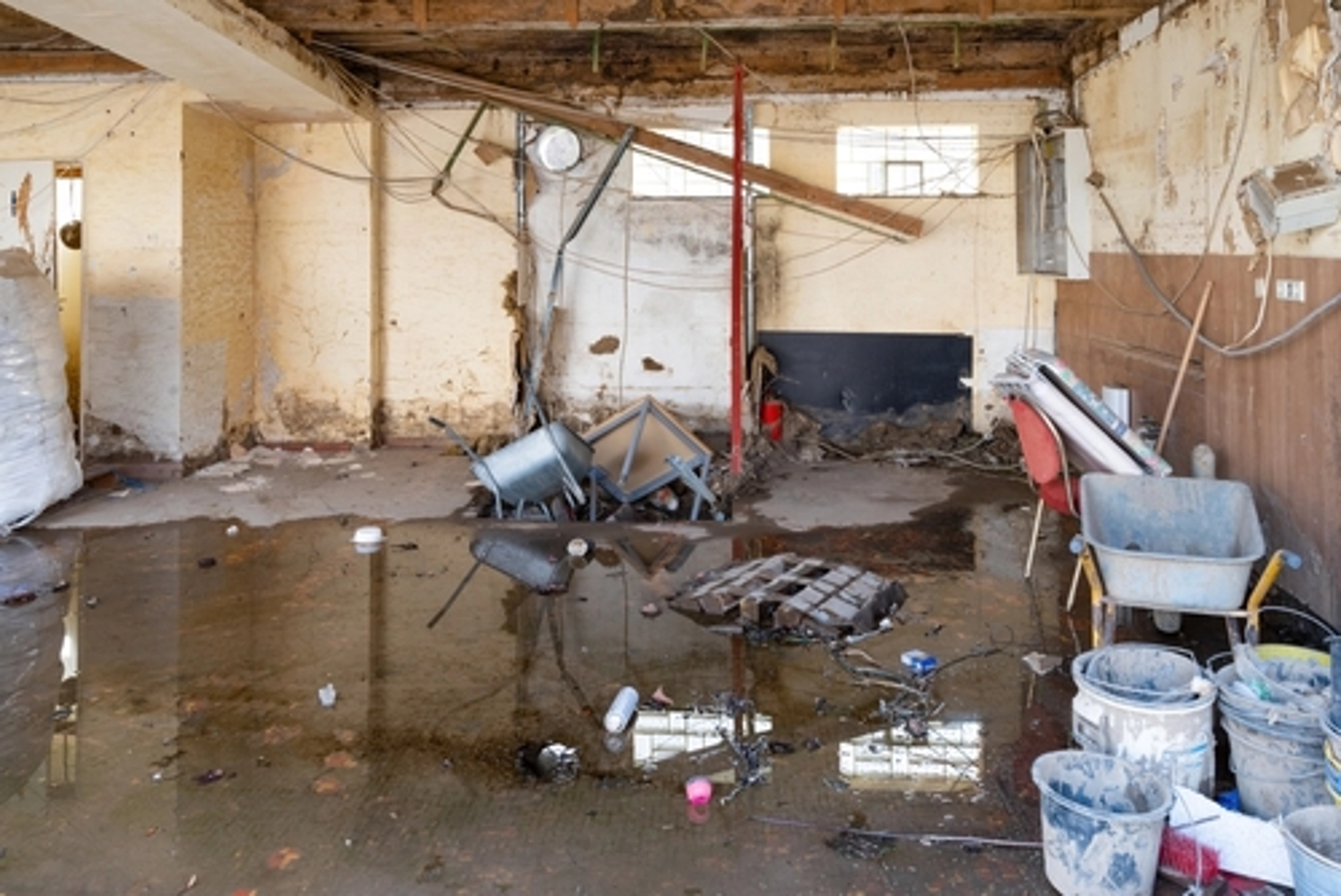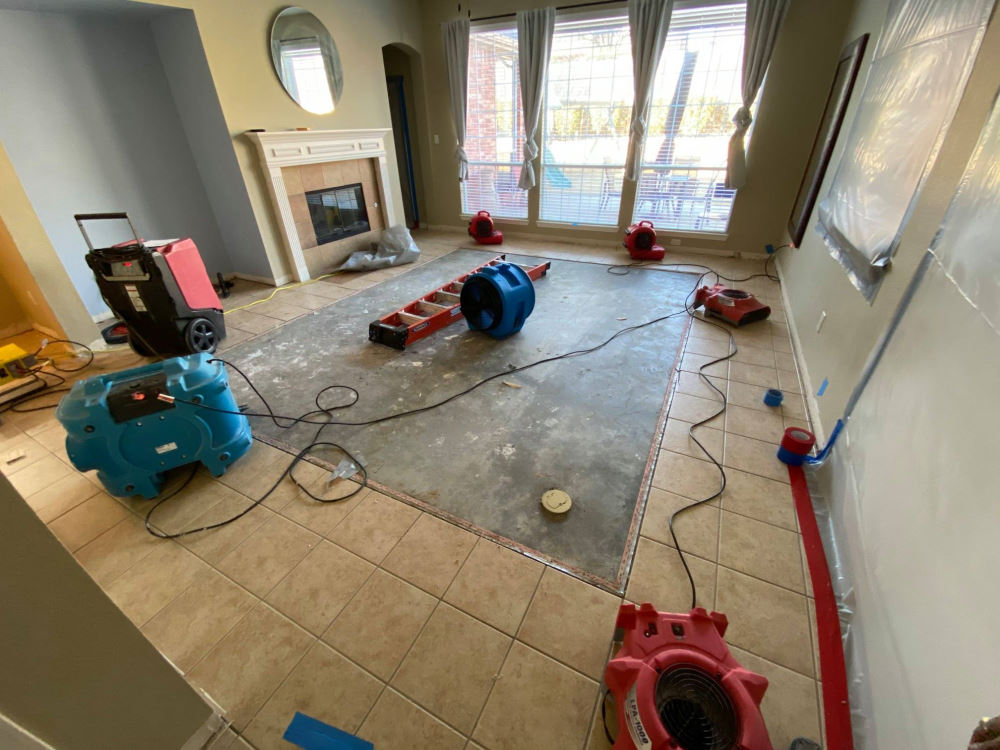24/7 Emergency Water Damage Restoration Services for Urgent Needs
24/7 Emergency Water Damage Restoration Services for Urgent Needs
Blog Article
The Process of Water Damages Cleaning: Guaranteeing Your Home Is Brought Back Efficiently
Water damages can be a difficult difficulty for home owners, necessitating a organized and careful clean-up process to bring back security and capability. damage restoration services. Following this, reliable water removal techniques play a crucial function in mitigating additional damage.
Assessing the Damage
Upon discovering water damage, the primary step is to extensively assess the level of the effect. This first evaluation is important, as it aids figure out the necessary steps for effective cleaning and repair. Begin by examining the impacted locations, consisting of walls, ceilings, floors, and personal items, to identify the resource of the water breach, whether from flooding, leaks, or condensation.
Documenting the damages is necessary for both insurance cases and planning remediation initiatives - damage restoration services. Use photos and composed notes to capture the intensity of the damages, noting any kind of affected architectural components and materials. Pay unique focus to areas that may not be quickly visible, such as behind wall surfaces and under carpets, as hidden dampness can cause further issues, including mold growth
Additionally, evaluate the timeline of the water exposure. Ultimately, a comprehensive assessment lays the foundation for an effective water damages clean-up process, guaranteeing that all affected areas are addressed efficiently and extensively.
Water Removal Methods

Specialists normally use completely submersible pumps for larger quantities of water, which can swiftly ease flooding in cellars or other impacted locations. For smaller sized amounts, wet/dry vacuums are commonly made use of to remove residual dampness from carpets and difficult surface areas. In addition, making use of mobile extractors allows for targeted removal in constrained rooms or locations with fragile materials.
In instances of polluted water, such as sewer or floodwater, advanced removal techniques might involve using biohazard equipment to ensure safety and security and conformity with health and wellness laws. High-powered extraction devices are essential in decreasing water retention in structural materials, which can result in mold and mildew growth and architectural damage otherwise dealt with quickly.
Ultimately, the performance of water extraction strategies plays a crucial function in the total success of the water damage cleaning process, preparing for succeeding reconstruction initiatives.
Drying and Dehumidification
When standing water has been properly removed, the next critical stage in the water damage clean-up process is drying out and dehumidification. This action is necessary to stop more damages and mold growth, which can take place within 24 to two days in damp settings.
To accomplish effective drying out, specific equipment such as industrial-grade air moving companies and dehumidifiers is employed. Air moving companies circulate air throughout wet surface areas, improving dissipation rates, while dehumidifiers lower moisture levels in the air, promoting a favorable environment for drying out. The mix of these tools ensures that wetness is extracted from walls, home furnishings, and floors, permitting them to completely dry completely.
It is vital to keep an eye on the drying out process carefully. Specialists commonly use wetness meters to assess the dampness material in numerous products, making certain that all affected locations reach appropriate dry skin degrees. This thorough approach assists to avoid surprise moisture pockets that could result in architectural damages or harmful mold and mildew development.

Cleaning and Sterilizing
After the drying out and dehumidification phase is complete, the following important action in water damages cleaning is cleaning and disinfecting the affected locations. This procedure is critical to avoid the growth of mold and mildew, germs, and other microorganisms that thrive in moist environments.
The cleansing phase typically entails getting rid of any type of debris, dirt, and contaminants from surfaces using specialized cleaning up representatives. For difficult surface areas, a combination of soap and water or industrial cleansing products is typically used. Soft materials, such as furniture and carpetings, may need more considerable cleaning approaches, including heavy steam cleaning or deep removal techniques, to make certain complete sanitation.

Disinfecting complies with cleaning, using EPA-approved anti-bacterials to get rid of unsafe microbes. This step is necessary, especially in areas that might have entered into contact with floodwaters or sewer, as these resources can position major health threats.
Furthermore, it is necessary to attend to any remaining odors, which might call for the usage of smell neutralizers or advanced techniques like ozone treatment. Proper cleansing and sterilizing not just bring back the safety and health of your home however likewise lay the foundation for successful remediation and repair work in subsequent stages of the water damages cleaning process.
Remediation and Repair Work

When the analysis is complete, repair initiatives can start. This usually entails fixing or replacing damaged materials, guaranteeing that all work follows neighborhood building ordinance and requirements. If drywall has been jeopardized, it will certainly require to be eliminated and replaced with new material. Additionally, flooring might call for comparable interest, depending upon the level of water direct exposure.
It is crucial to involve knowledgeable repair experts during this procedure, as they have the knowledge to deal with complex repair work efficiently. Additionally, they can help mitigate potential future issues, such as mold growth or structural instability, thus making certain a secure and habitable living atmosphere. Eventually, efficient remediation and repair services bring back the home's honesty and improve its total worth.
Final Thought
Finally, the procedure of water damage cleaning is critical for restoring a home to its pre-damage condition. Each phase, from evaluating the damage to applying effective water removal techniques, complied with by comprehensive drying out, sanitizing, and needed repair services, plays a crucial role in guaranteeing safety and security and compliance with building criteria. Effective execution of these steps not just minimizes immediate damage however likewise boosts the lasting integrity and value of the residential or commercial property.
Water damages can be a complicated difficulty for house owners, requiring a precise and structured cleanup procedure to bring back safety and capability. Eventually, a comprehensive analysis lays the groundwork for a successful water damages cleanup process, making certain that all influenced locations are dealt with effectively and extensively.
Efficient water extraction strategies are essential in mitigating damage and avoiding further issues complying with a water invasion event.In conclusion, the procedure of water damage cleanup is crucial for restoring a home to its pre-damage problem. Each stage, from assessing the damages to carrying out efficient water extraction techniques, complied with by thorough drying out, disinfecting, and essential repair work, plays an essential function you could look here in making sure safety and compliance like it with structure criteria.
Report this page